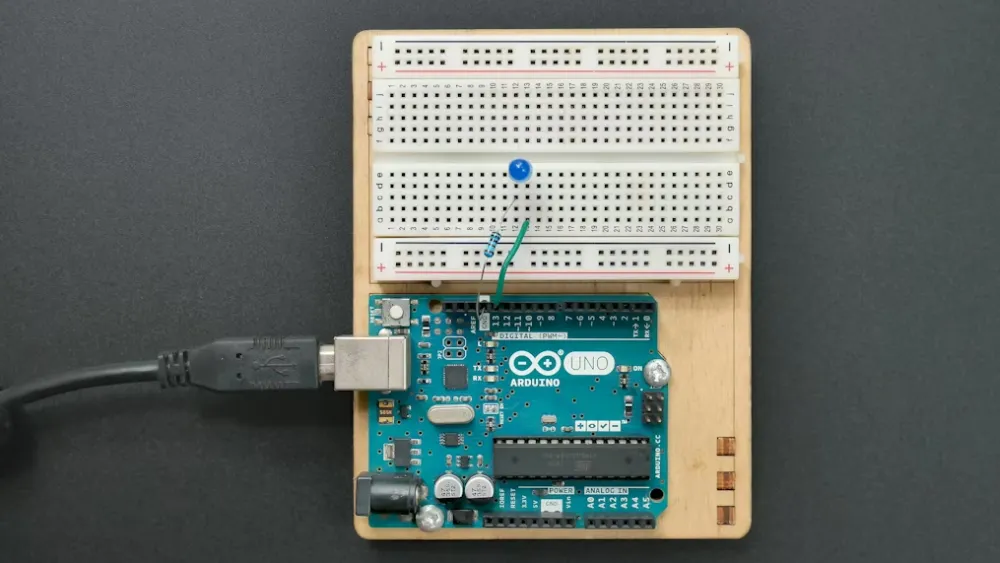
What Certifications for LED Exports to the U.S.?
The market for LED lighting manufacturers is mixed, with varying product quality, making entry into the global market not straightforward, especially for the U.S. market, which has numerous barriers and is subject to various quality standards. Below, we will clarify the certifications needed for LED lighting products exported to the U.S. market.
Three Main Standards for LED Lighting in the U.S.
1. Safety Standards
The safety requirements for LED lighting in the U.S. market mainly include certifications such as UL, CSA, and ETL. Key certification testing standards include:
- UL 8750
- ul 1598
- UL 153
- UL 1993
- UL 1574
- UL 2108
- ul 1310
- UL 1012
Among these, UL 8750 outlines the safety requirements for LED light sources used in lighting products, covering aspects such as the usage environment, mechanical structure, and electrical components.
2. Electromagnetic Compatibility Standards
The electromagnetic compatibility requirements for LED lighting products in the U.S. market pertain to FCC certification. The testing standard is fcc part 18, classified as DOC (Declaration of Conformity). CompaRED to the EU's CE certification, the main difference in fcc testing is that it only includes requirements for electromagnetic interference (EMI) and not for electromagnetic susceptibility (EMS). The two testing items are:
- Radiated emissions
- Conducted emissions
The frequency range and limit requirements for these tests differ from those in EU CE certification.
3. Energy Efficiency Standards
Another crucial certification is the ENERGY STAR certification. The ENERGY STAR certification for lighting products is based on UL and FCC certifications, primarily assessing the optical performance and lumen maintenance life of the products.
Therefore, the three essential certifications that LED lighting products must meet to enter the U.S. market are:
- FCC Certification
- ENERGY STAR Certification
More:CB Certificate | UN38.8 battery | ANSI/UL 4200a
Email:hello@jjrlab.com
Write your message here and send it to us
 Global Cyber Security Compliance for Connected Pro
Global Cyber Security Compliance for Connected Pro
 What Certifications for Exporting Monitors to Euro
What Certifications for Exporting Monitors to Euro
 Bluetooth Headphones Exported to Australia Certifi
Bluetooth Headphones Exported to Australia Certifi
 What Certifications for Router Products Exported t
What Certifications for Router Products Exported t
 TIC (Power Bank UL 2056, Portable Power Station UL
TIC (Power Bank UL 2056, Portable Power Station UL
 How to get EN 18031 Certification for Wireless Pro
How to get EN 18031 Certification for Wireless Pro
 PSE, TELEC and VCCI Compliance for Cameras Exporte
PSE, TELEC and VCCI Compliance for Cameras Exporte
 NOM & IFT Compliance for Audio Equipment Expor
NOM & IFT Compliance for Audio Equipment Expor
Leave us a message
24-hour online customer service at any time to respond, so that you worry!




